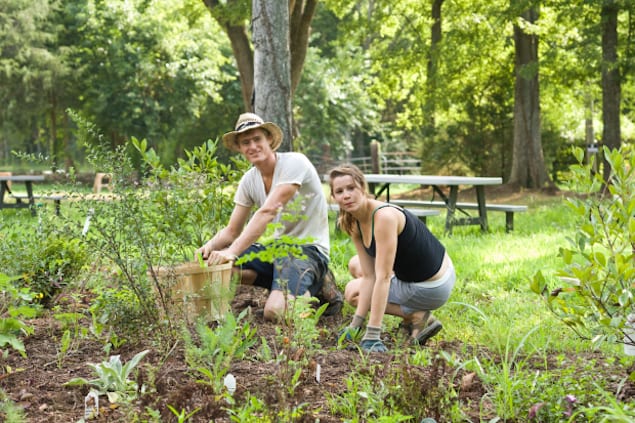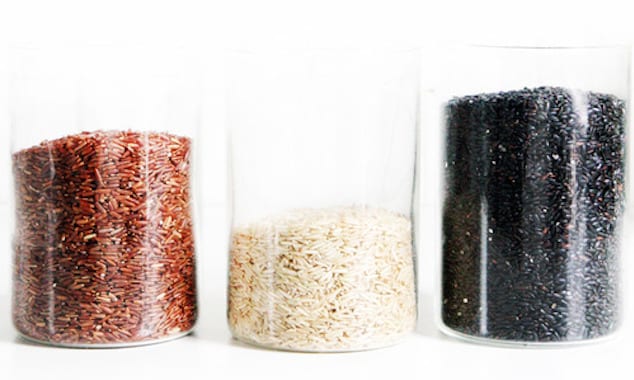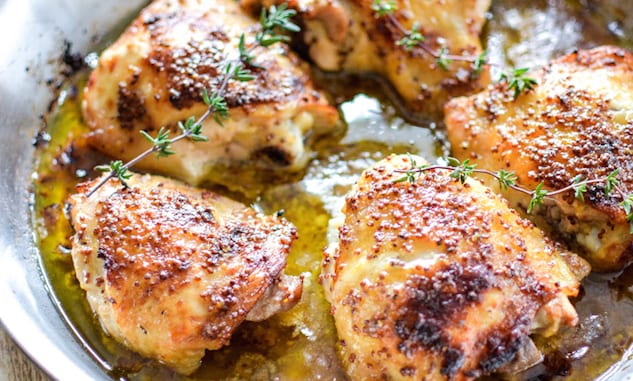Offering more than 14,000 recipes plus features and DIYs on…
CSA offers the chance to support local business, enjoy produce and other goods at maximum freshness, and engage in community. Before committing to a program, check out the following questions to ask yourself, and then a few to direct at your farmer.
By Laine Milam
 Mark Boughton Photography
Mark Boughton Photography
This article has been posted with permission and originally appeared as CSA: Questions to Ask Before Joining on Relish
Shopping locally and sustainably has reached peak popularity in recent years, but it’s been a fixture of the agriculture scene since the 1960’s. Community Supported Agriculture, or CSA, is a partnership between local farmers and patrons that provides a share of goods each week in exchange for an up-front fee. CSA offers the chance to support local business, enjoy produce and other goods at maximum freshness, and engage in community. Before committing to a program, check out the following questions to ask yourself, and then a few to direct at your farmer.
Questions to Ask Yourself:
Why am I paying up front and what can I expect in return?
At the crux of the philosophy for Community Supported Agriculture is the idea that farmer and consumer are essentially “in this venture together”. While you will be paying for locally grown, top-notch produce, the farmer assumes a number of risks including drought, crop damage, and other uncontrollables. As a consumer, your up front payment helps the farmer subsidize your food and will help alleviate his or her marketing worries if an “uncontrollable” hits. If sharing risk, and the chance of a bad harvest concern you, a CSA subscription might not be the best fit.
How much am I already spending on produce and other fresh goods, and is CSA a better value for my household?
A North Carolina State University CSA study found that CSA subscriptions across the country range from $400-$700, and can encompass a growing season from spring-fall or just spring-summer. The weekly cost of a box of CSA produce can be anywhere from $20-$40. A great rule of thumb: take a gander at your last grocery ticket and add up the cost of fruits and vegetables. Check this figure against a weekly breakdown of a CSA subscription, and you could be on the path to real savings for your family. Another added bonus of CSA: You’re supporting local business.
Am I open to trying a new range of fruits and vegetables that might be out of my comfort zone?
A CSA share is not like a walk through your local grocery store produce section. You will more than likely receive fruits and vegetables you’ve never heard of like radish greens, kohlrabi, celeriac, mizuna , yucca, etc. These types of offerings might require you to spend time looking up new recipes and familiarizing yourself with new preparation techniques.
Where is the farm, and is the pick-up point fairly convenient?
Web resources like LocalHarvest connect urban dwellers with farms in their area. Opt for a farm that is no more than one hour away, with a pick-up point that is within an area that you frequent. Enjoyment and use of your subscription will only increase if it’s the same level of convenience as a trip to the grocery.
Questions to Ask Your CSA Farmer:
How are weekly distributions apportioned? Are half-shares available?
Most CSA’s apportion weekly distributions by the bushel. A bushel is about the size of 17”x17”x7” box. During the spring growing season, this box will be chock full of leafy greens like kale and Swiss chard, and the summer season will bring more dense offerings like squash, melons, etc. A full bushel subscription can yield up to 10 pounds of produce a week and is better for families of 4+. Many first-time CSA customers can feel overwhelmed by the amount of fresh food they receive each week, so underestimate your produce intake. You can always supplement needs with a trip to the farmers’ market.
What degree of choice am I given regarding the products I receive each week?
Before committing to a program, be sure to ask the farmer how produce is divvied up between boxes. Some farmers allow patrons to request extra of certain fruits or vegetables, and even allow patrons to handpick selections at pick-up time.
Are other products besides produce available with my subscription?
Community Supported Agriculture isn’t limited to just fruits and vegetables. A subscription can include fresh eggs, fresh dairy, fresh flowers, local honey, beeswax and other products.

Additional Questions to Ask:
How was your growing season last year?
How long have you been doing CSA?
How many members are you supporting?
Do you have any contingency plans for a bad harvest or any other unexpected conditions?
Check the farmer’s track record and consumer happiness, and if possible, opt for a farmer with several years of CSA experience. Farmers supporting a large customer following probably have a good track record, but should have a farm apparatus that ensures each customer gets a fair share of goods. Inquire how your proposed farmer has handled a bad harvest or other mishaps in the past. Committed CSA farmers will often partner with other local farmers, or personally shop for local produce if crops aren’t producing for full-bodied shares.
For another read on a CSA head here: Provider Farm Feeds Community Through CSA
Offering more than 14,000 recipes plus features and DIYs on cooking, dining and entertaining, Relish celebrates America's love of food. Relish is about honoring cooking traditions while exploring new trends and ideas, which is why millions of people turn to both Relish.com and Relish Magazine for special occasion recipes, quick and easy weeknight suppers and culinary adventures.



